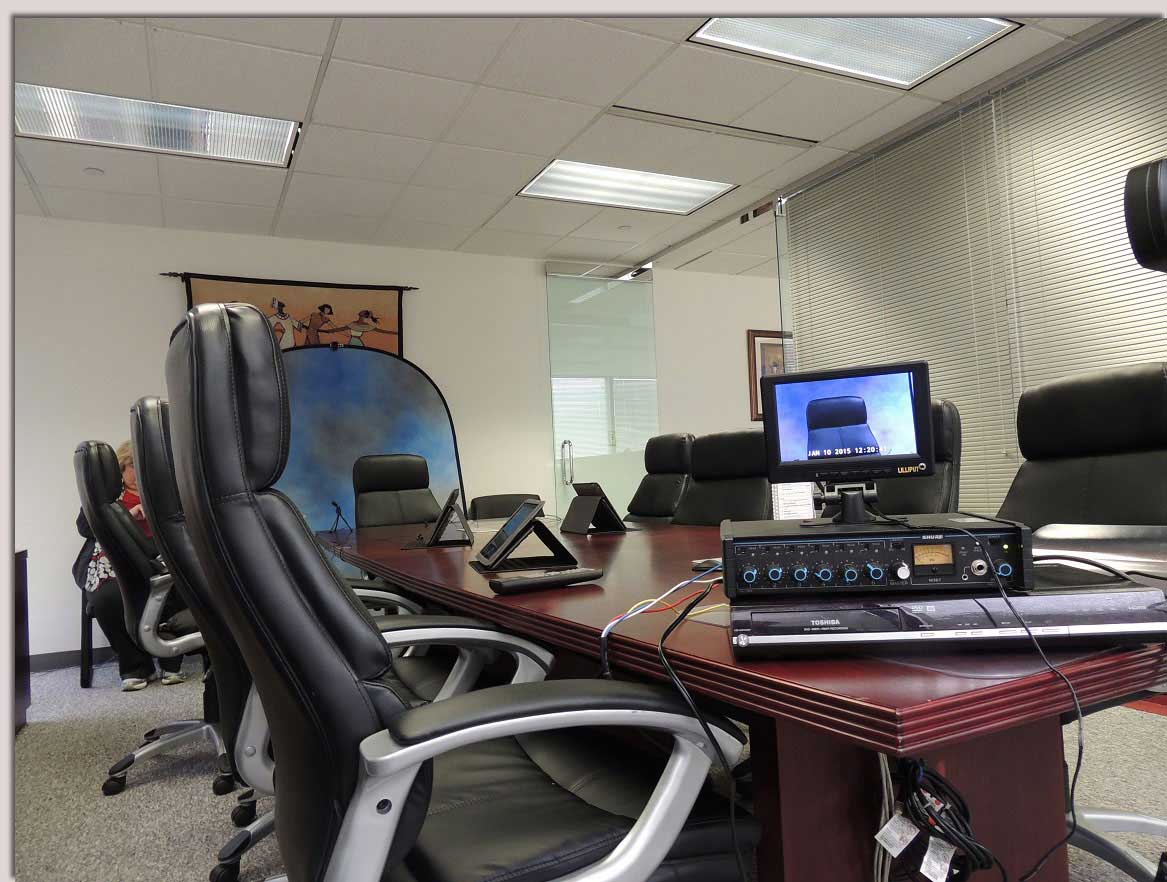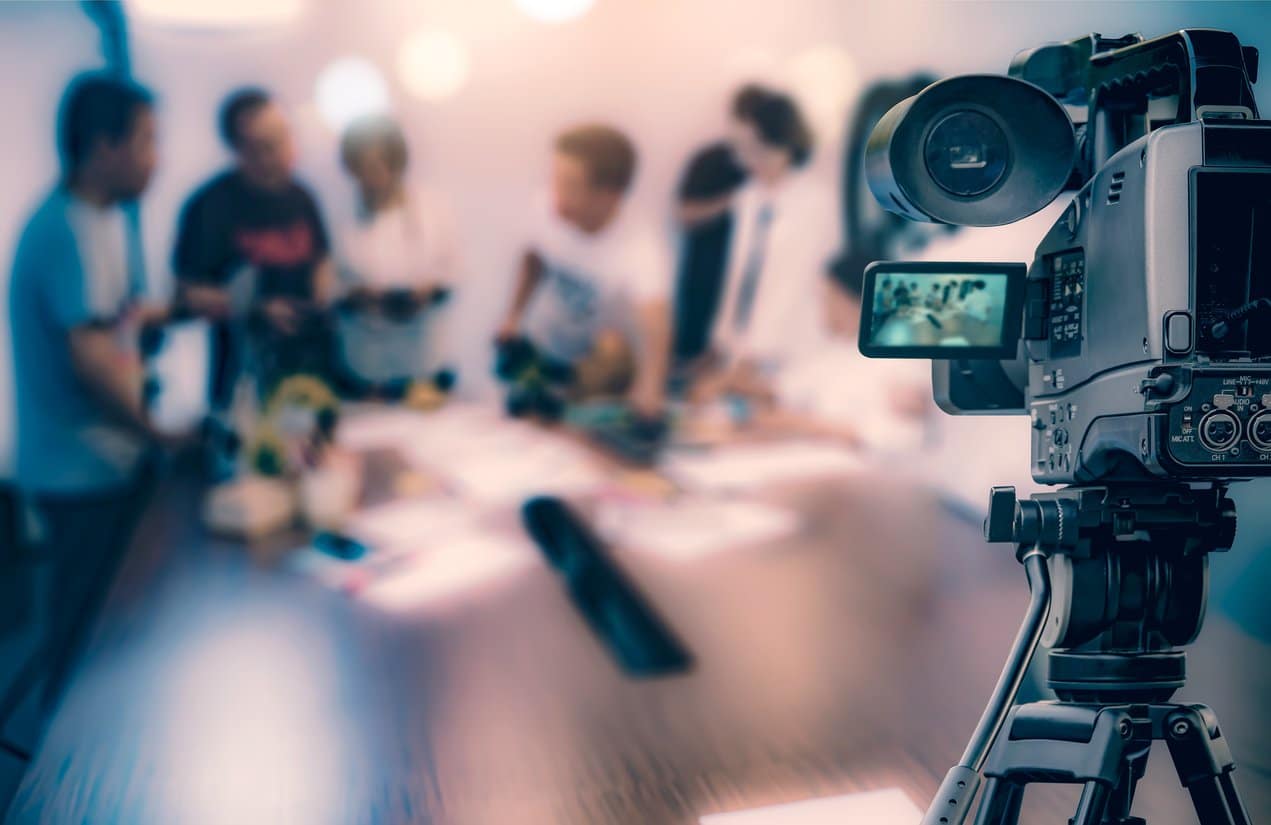The Role of Legal Videography in Protecting Legal Evidence
The Role of Legal Videography in Protecting Legal Evidence
Blog Article
Why Lawful Videography Is Essential for Accurate Court Recordings
The duty of legal videography in court room settings can not be overstated, as it functions as an essential device for maintaining the integrity of court documents. By capturing both spoken and non-verbal communication, it improves the clearness of witness statements and shows the nuances of court interactions. This detailed paperwork not just aids in lowering possible misconceptions but additionally supports appellate reviews, thus strengthening the judicial process. Nonetheless, the implications of incorporating lawful videography right into basic courtroom techniques elevate crucial questions concerning its wider influence on the lawful system. What might these implications involve?
Significance of Visual Proof
In the realm of lawful proceedings, the importance of visual proof can not be overemphasized. Visual proof functions as a powerful tool in developing facts, proving statements, and boosting the overall clearness of an instance. This sort of evidence, which includes photos, video clips, and representations, can give a tangible context that verbal summaries usually do not have, therefore supplying courts and judges a clearer understanding of the situations bordering an instance.
Furthermore, aesthetic evidence help in the retention of information. Human cognition is inherently visual, and people are more probable to keep in mind and comprehend information presented in a visual layout. In the court room, this can be vital, as engaging visual evidence can sway opinions and enhance the story presented by lawful reps.
In addition, making use of visual proof can minimize misunderstandings and ambiguities that often emerge from verbal exchanges. By providing a straight depiction of events, aesthetic evidence assists to remove subjective analyses and fosters a much more objective evaluation of the realities. As a result, the combination of aesthetic evidence right into lawful process not only enhances the integrity of the judicial procedure but likewise boosts the chance of accomplishing a just result.
Capturing Non-Verbal Signs
Making use of innovative videography techniques can considerably improve the capture of non-verbal cues during legal process. Non-verbal interaction, including faces, body language, and eye call, plays an important role in conveying emotions and intentions that may not be explicitly specified in verbal statement. legal videography. Legal videography uses high-def electronic cameras and strategic angles to ensure that these subtle hints are videotaped with clarity and accuracy
The ability to assess non-verbal behavior can provide valuable context to statements made throughout court sessions. For instance, a witness's unwillingness or confidence can be translated with their stance or motions, possibly influencing the court's assumption of reliability. Furthermore, using close-up shots can aid concentrate on a speaker's expressions, permitting a much more nuanced understanding of the testimony.
Additionally, integrating several electronic camera angles can produce an extensive sight imp source of communications, highlighting characteristics in between events included. This diverse approach not just enhances the precision of the court record but likewise aids in maintaining the stability of the judicial procedure - legal videography. Inevitably, catching non-verbal cues through legal videography promotes a richer, extra complete representation of court room proceedings

Enhancing Testimony Reliability
The reliability of testimony can be substantially reinforced via the usage of high-quality legal videography. Video clip recordings work as an unbiased medium that captures not just the talked words of witnesses yet also the subtleties of their shipment, consisting of tone, pacing, and psychological expressiveness. This multifaceted documentation offers a clearer understanding of the witness's credibility and purposes, which can be critical in lawful process.
Additionally, lawful videography reduces the possibility for false impressions that might occur from created transcripts alone. When jurors can observe a witness's behavior and body movement This Site combined with their testament, they are better equipped to analyze the authenticity and reliability of the proof provided. This aesthetic context can strengthen the testimonial narrative, making it more compelling and credible.
Additionally, the existence of a video clip recording can hinder potential disparities in statement. Witnesses might be more careful in their declarations when they recognize they are being videotaped, leading to more accurate and honest accounts. Generally, high-quality legal videography enhances the stability of testament, making certain that the court has access to a complete and truthful representation of the facts as conveyed by the witnesses.
Supporting Appeals and Reviews
Legal videography plays a vital duty in sustaining appeals and reviews by providing an extensive visual record of court procedures. This visual documentation catches not only the spoken words of witnesses and lawyers but also the nuances of body language, intonation, and court room characteristics. Such components can be crucial in recognizing the context of testaments and disagreements provided.
In the appellate process, where the focus gets on errors of regulation and step-by-step justness, a video document can function as a vital device for visit this site right here appellate courts. It makes it possible for courts to evaluate the original test context, making sure that decisions are based on a full understanding of the process. The capability to aesthetically evaluate the behavior of witnesses or the interactions in between celebrations can disclose understandings that written records may forget.

Furthermore, legal videography can help in clarifying uncertainties in testimonies or step-by-step rulings, consequently strengthening the basis for a charm. By providing a reputable, unbiased account of what transpired in court, lawful videography not just supports the honesty of the legal process yet also equips all parties entailed to make informed choices concerning their cases.
Simplifying Courtroom Processes
Enhancing court performance, lawful videography enhances procedures by providing immediate access to visual documents of process. This technology allows judges, attorneys, and juries to take another look at crucial statement and proof, making certain that all parties have a clear understanding of the case. By catching the nuances of verbal and non-verbal communication, videography enhances the record, making it much easier to realize the context and weight of testaments.

Additionally, video recordings can help with remote engagement in hearings, enabling better versatility in scheduling and engagement, which is especially beneficial in intricate situations involving several stakeholders.
Conclusion
In verdict, legal videography plays a crucial role in making certain precise court recordings by giving necessary visual proof that records both verbal and non-verbal interaction. This practice improves the integrity of statements, sustains appellate reviews, and enhances courtroom processes. By cultivating an extensive understanding of court room dynamics, legal videography inevitably contributes to a lot more fair judicial results, enhancing the integrity of the lawful system and facilitating notified decision-making.
Report this page